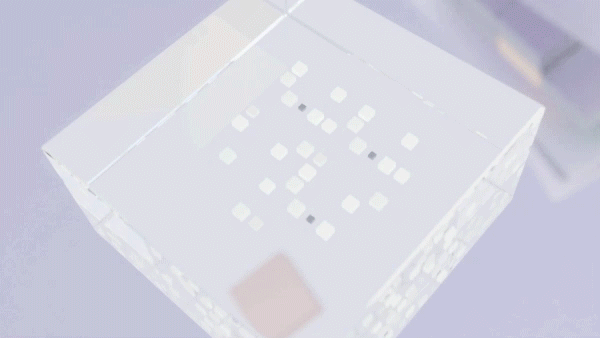
Universal Scene Description (OpenUSD) is an open and extensible framework for creating, editing, querying, rendering, collaborating, and simulating within 3D…
Universal Scene Description (OpenUSD) is an open and extensible framework for creating, editing, querying, rendering, collaborating, and simulating within 3D worlds. Invented by Pixar Animation Studios, USD is much more than a file format. It is an ecosystem and interchange paradigm that models, labels, classifies, and combines a wide range of data sources into a composed ground truth.
There’s increasing adoption of USD in various industries ranging from media and entertainment to scientific computing. The framework’s scalability and interoperability enable you to efficiently create high-fidelity and true-to-life simulations of the real world with collaborative and non-destructive authoring.
To help more developers get started leveraging USD to build tools for virtual worlds, NVIDIA is releasing an exclusive USD for Developers video series. The series delivers a foundational understanding of what many have called the HTML of the metaverse.
In the first episode of the series, we highlight four key features of USD that make it the ideal tool for data modeling and interchange:
- Composition and layering: This enables sparse, non-destructive assembly of data from multiple different sources as individual layers. In other words, various users can make changes to the composed scene in different layers, but their edits are non-destructive and the data from all layers remains accessible.
- Custom schemas: USD schemas do not end at geometry and shading. NVIDIA collaborated with Pixar and Apple to also create physics schemas for rigid bodies and continues to prototype new schemas to further expand the ecosystem and standards for virtually immersive environments.
- Connecting any data source: USD data storage is not anchored to any filesystem or nonvolatile storage and can even be procedurally generated. This is made possible by the USD plug-in system for asset resolvers such as NVIDIA Omniverse Nucleus and file formats like Alembic and OBJ.
- Dynamic data science pipelines: Hydra has evolved into a generalized pipeline for processing composed scene graphs and runtimes. The keyword for Hydra is flexibility as it’s not tightly coupled to any single runtime data layout. This enables Omniverse to compile the composed USD into a deeply vectorized data layout called Fabric. Hydra provides interfaces for implementing the business logic to process data as a customizable chain of runtime scene indexes.
Each video in the series will dive deeper into these four key features and more to help developers harness the data modeling and aggregation superpowers of USD. Watch the first episode now and be sure to subscribe and stay tuned for the rest of the series.
Video 1. This introductory series explores OpenUSD superpowers for developers to unlock new possibilities in 3D workflows
For more information about the latest advancements and to access more resources, see Universal Scene Description. For community discussion about USD, see the latest USD topics on the Omniverse forum.
Get started with NVIDIA Omniverse by downloading the standard license free, or learn how Omniverse Enterprise can connect your team.
If you’re a developer, get started with Omniverse resources. Stay up-to-date on the platform by subscribing to the newsletter, and following NVIDIA Omniverse on Instagram, Medium, and Twitter.
For resources, check out our forums, Discord server, Twitch and YouTube channels.
Source:: NVIDIA
